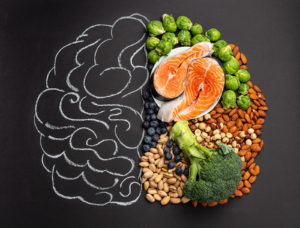
Intuitive Eating and Mindful Eating are similar but have some differences; when thinking of food in a different way, mindful eating is identified as part of intuitive eating. Each method can be useful depending on the person and their progress with their relationship with food.
Intuitive eating means ditching “diet mentality.”
- No more “good/bad,” foods
- Allowing yourself to eat because your body needs it (example: carbs are for fuel, it doesn’t need to be all the time) balance is key
- A healthy relationship with food and food groups is attainable
- Not “getting,” intuition but listening to your body when you feel physically hungry and full
The goal is to eat until you are satisfied. Not having to finish is being mindful. No “clean plates club,” saving it, no more “finishing the last bite.” It’s not worth it.
Mindful eating involves being physically aware of your hunger cues and what your body physically needs
- Being mindful is being aware and conscious of what you put in your body
- Using all your senses, being aware of physical vs head hunger
- Listening to your body and sensing what it feels like it needs
- Understanding you don’t “need,” junk but allowing “treats,” once and a while.
The connection between our mood and the food we eat is tied to a variety of emotions and social interactions from a young age. Food is often used to help us support or cope with situations and circumstances. We may be dealing with or managing emotions such as: stress, happiness, anger, loneliness or sadness. Food leaves us feeling “stuck,” as it serves as a source of reward or as a source of punishment. By focusing on certain foods that make us “feel good,” we are able to distract ourselves from feeling or facing our authentic feelings.






